MTR vs Bus Advertising in Hong Kong - Which one is better in 2025?
In a dense city like Hong Kong, where millions of people rely on public transportation daily, out-of-home (OOH) advertising remains one of the most effective ways to reach a wide audience. According to the Transport Department, over 12 million public transport journeys are made every day, and MTR and buses account for the largest portion of this movement. In this article, we’ll compare two key players in OOH advertising—Bus Advertising and MTR Advertising—focusing on their formats, costs, and effectiveness in 2025.
Jump to...
2025 MTR vs. Bus Advertising: Key Summary 📝
👥 Audience Reach
- MTR Advertising: Over 4.9 million daily passengers, ideal for reaching a mass market.
- Bus Advertising: Buses travel through various districts, reaching passengers, pedestrians, and drivers, for a wider audience.
💰 Ad Formats & Pricing (Reference)
- MTR: Various formats, including lightboxes, stickers, and digital screens. Prices have a wide range, for example, lightboxes are about HK$15,000 - $32,000+, and station stickers can be as high as HK$400,000+.\ \ \\30,000 - 56,000,andpartialwrapscanbeaslowasHK2,500.
✅ Ad Advantages
- MTR Advertising: Passengers have fewer external distractions while waiting, allowing for greater focus and more effective attention-grabbing.
- Bus Advertising: Bus interiors are often more spacious than MTRs, giving passengers more room and time to view ads.
Overall, MTR advertising is suitable for large-scale promotions that require high exposure, while bus advertising is suitable for brands that want to reach a wider audience, including pedestrians.
Bus Advertising Format Overview
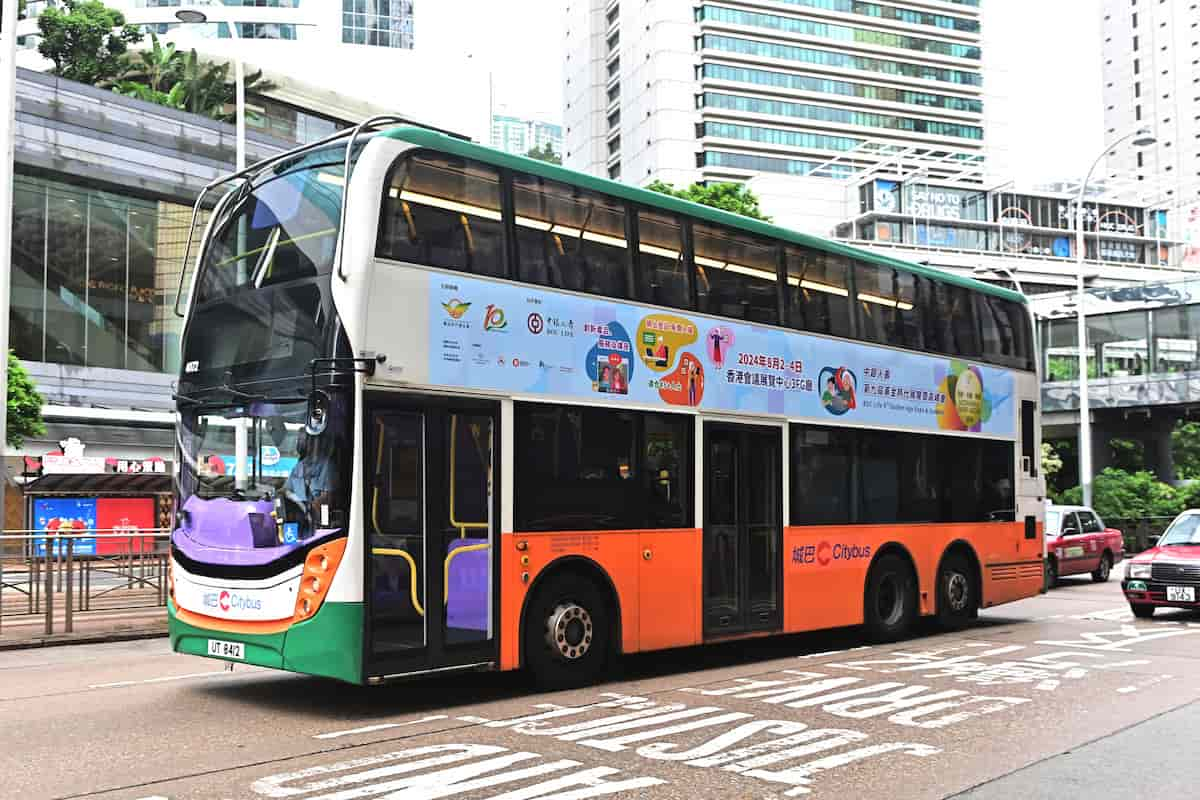
Source: Golden Age Foundation x Adintime
Hong Kong’s bustling streets are filled with buses owned by companies like KMB & LWB and Citybus. These buses offer various ad placement opportunities such as bus body advertising, interior bus ads, and bus stop advertising. Businesses choose to advertise on bus to reach both commuters and the thousands of pedestrians who see transits in motion across different neighborhoods.
Bus Advertising Cost
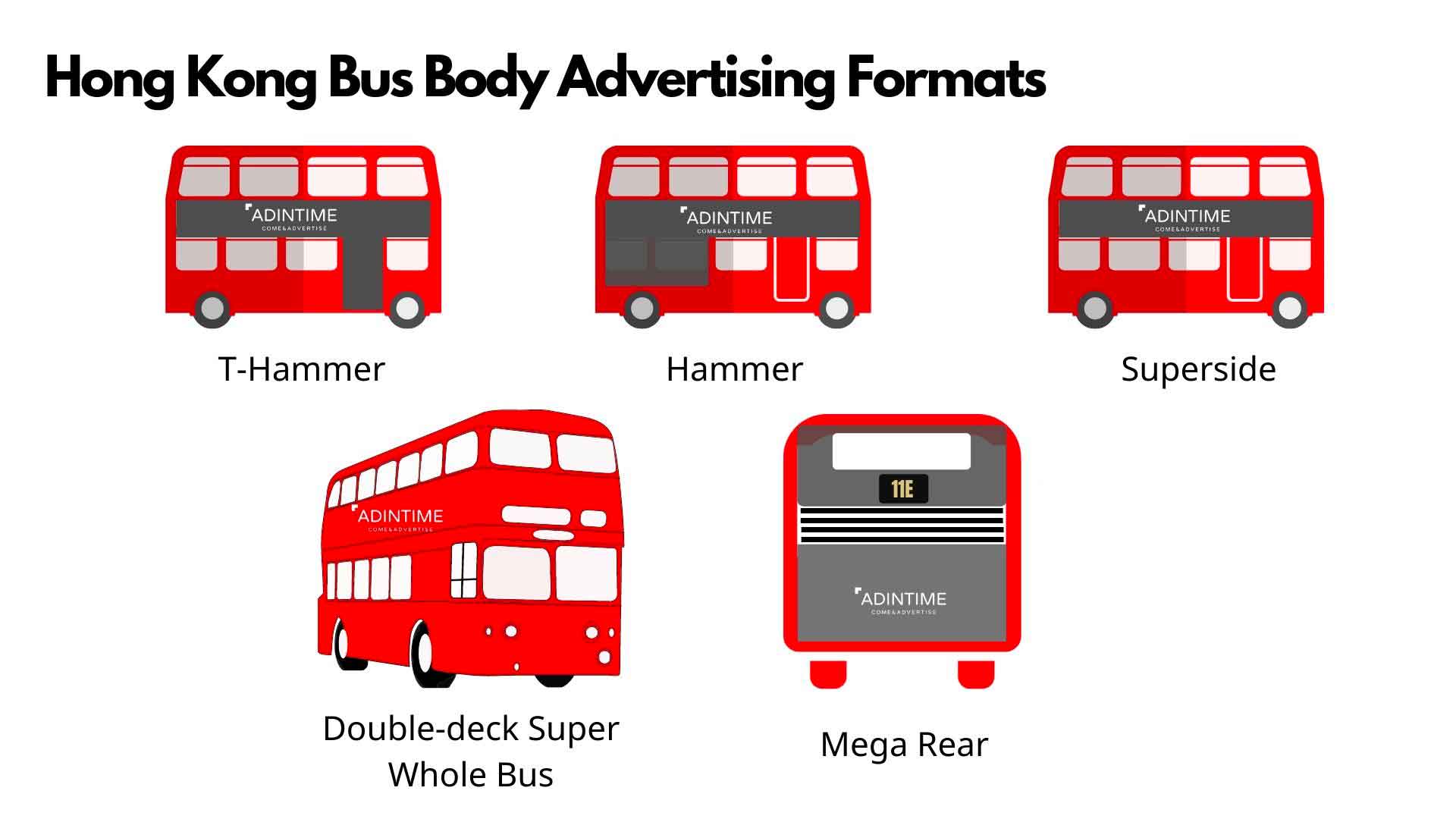
Here’s a 2025 updated overview of bus advertising cost in Hong Kong:
| Ad Format | 4-Week Estimated Price Range Per Bus (production cost not included) |
| Whole Bus | HK$36,000 to $70,000 (depending on double or single deck and bus top coverage) |
| Partial Bus Body | HK$3,500 to $46,000+ (depending on format/placement/size) |
| Interior Ads | HK$2,000 to $25,000 (depending on format) |
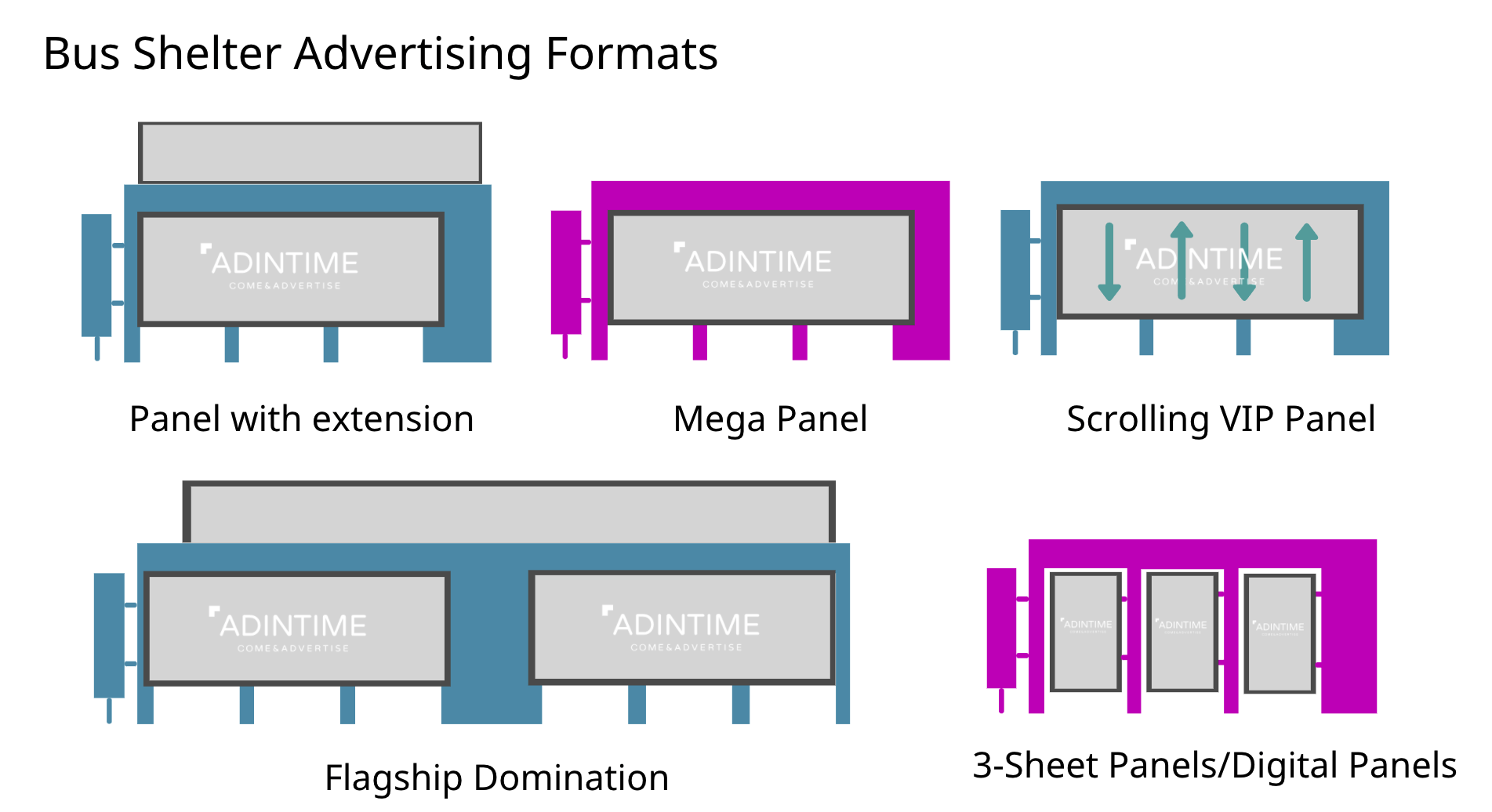
What about bus stop advertising cost?
Depending on the format and location, bus shelter ads can range anywhere from HK$3,000 to $150,000+ per 4 weeks or HK$200,000+ per 2 weeks for digital screens.
Remember, these are just estimated figures for reference. Bus advertising cost is subject to change by the media company and can vary based on season, project, and campaign duration. Adintime ad experts can help you negotiate for the best rates. Contact us here now!
Related article:
MTR Advertising Format Overview
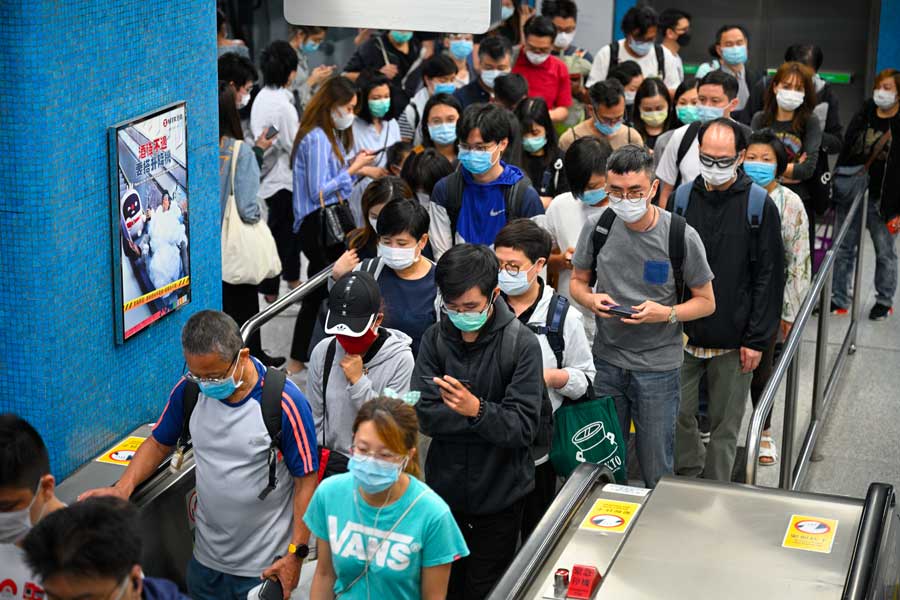
The MTR network consists of 11 lines, serving as the most popular Hong Kong’s public transportation system. With over 4.9 million daily journeys (up from 4.2 million in 2024), the MTR offers substantial exposure for advertisers. MTR ads includes station ads like lightbox posters, sticker ads, and escalator crown panels, digital panels, wall posters, as well as train advertisements such as interior posters or full train wraps.
MTR Advertising Cost in 2025
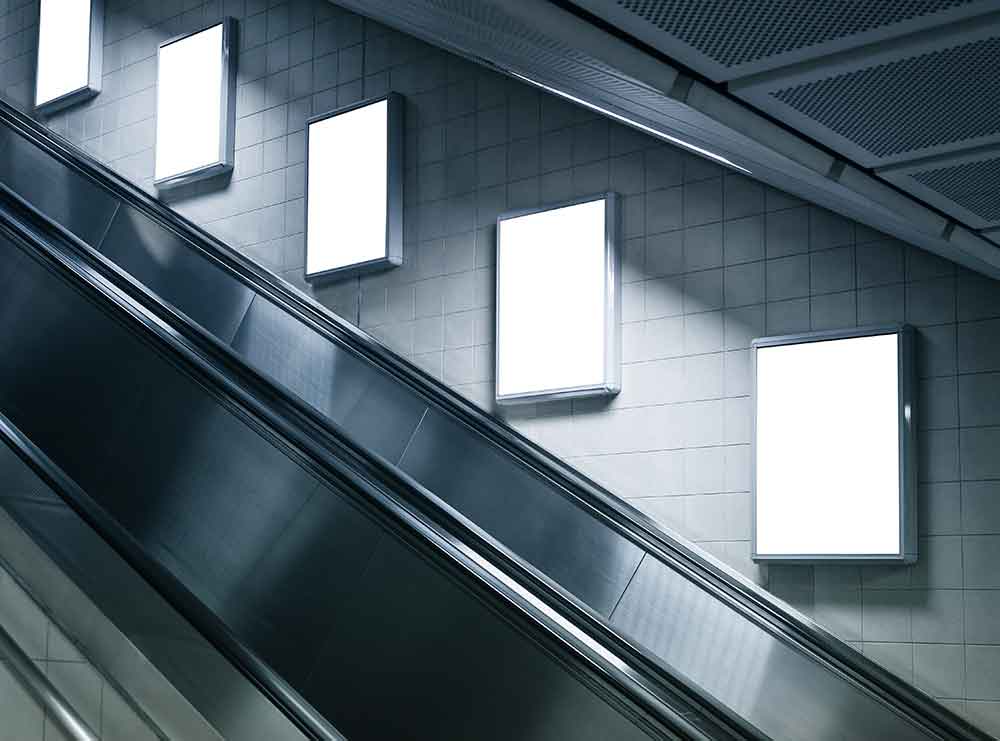
There are numerous types of MTR ads. Here are the average campaign costs for a few format examples:
| Ad Format | Estimated Price Range Per 4-Week Campaign (production cost included) |
| Lightbox/Poster | HK$15,000 to $32,000+ (depending on location, number of panels, etc.) |
| Station Sticker | HK$5,500 to $400,000+ (depending on format, placement, and size) |
| In-train Ads | HK$26,000 - HK$125,000 (depending on format and number of trains) |
Again, these ranges are only for reference. How much your campaign will actually be depends on location, season, number of buys, campaign duration, and media companies' rate changes.
Want to see 2025 MTR advertising rate card? Click here!
Bus vs MTR: What’s the Better Option in 2025?
Advantages of Bus Advertising Over MTR
- Wider Audience Scope: Bus body advertisements are visible to both passengers and the general public as buses travel through multiple districts. This allows advertisers to target a wider range of audiences, including pedestrians and motorists.
- Less Crowded Environments: Compared to the crowded conditions in the MTR, bus passengers often have more space and time to engage with bus interior ads, particularly with back-of-the-seat placements.
Advantages of MTR Advertising Over Bus Advertising
- More Passengers: With over 4.9 million daily trips, the MTR offers the largest public transport patronage in Hong Kong, making it ideal for mass-market campaigns.
- Focused Attention: MTR advertising faces passengers directly while they wait for trains, with fewer distractions from external views, making it easier to capture attention.
Bonus read:
Transit advertising in Hong Kong
Marketing Strategy in Hong Kong
Unique Selling Points: MTR and Bus Advertising in 2025
| MTR | Bus |
| Highest daily patronage with over 4.9 million trips | Mobile advertising that covers multiple districts |
| Directly faces passengers waiting on platforms | Targets both bus passengers and pedestrians/other road users |
| Less external distractions, keeping focus on ads | Less crowded environment for interior ads |
Source: https://www.td.gov.hk/en/transport_in_hong_kong/transport_figures/monthly_traffic_and_transport_digest/2023/202301/index.html
https://www.td.gov.hk/filemanager/en/content_4885/chart21.pdf
 Cookie preferences
Cookie preferences

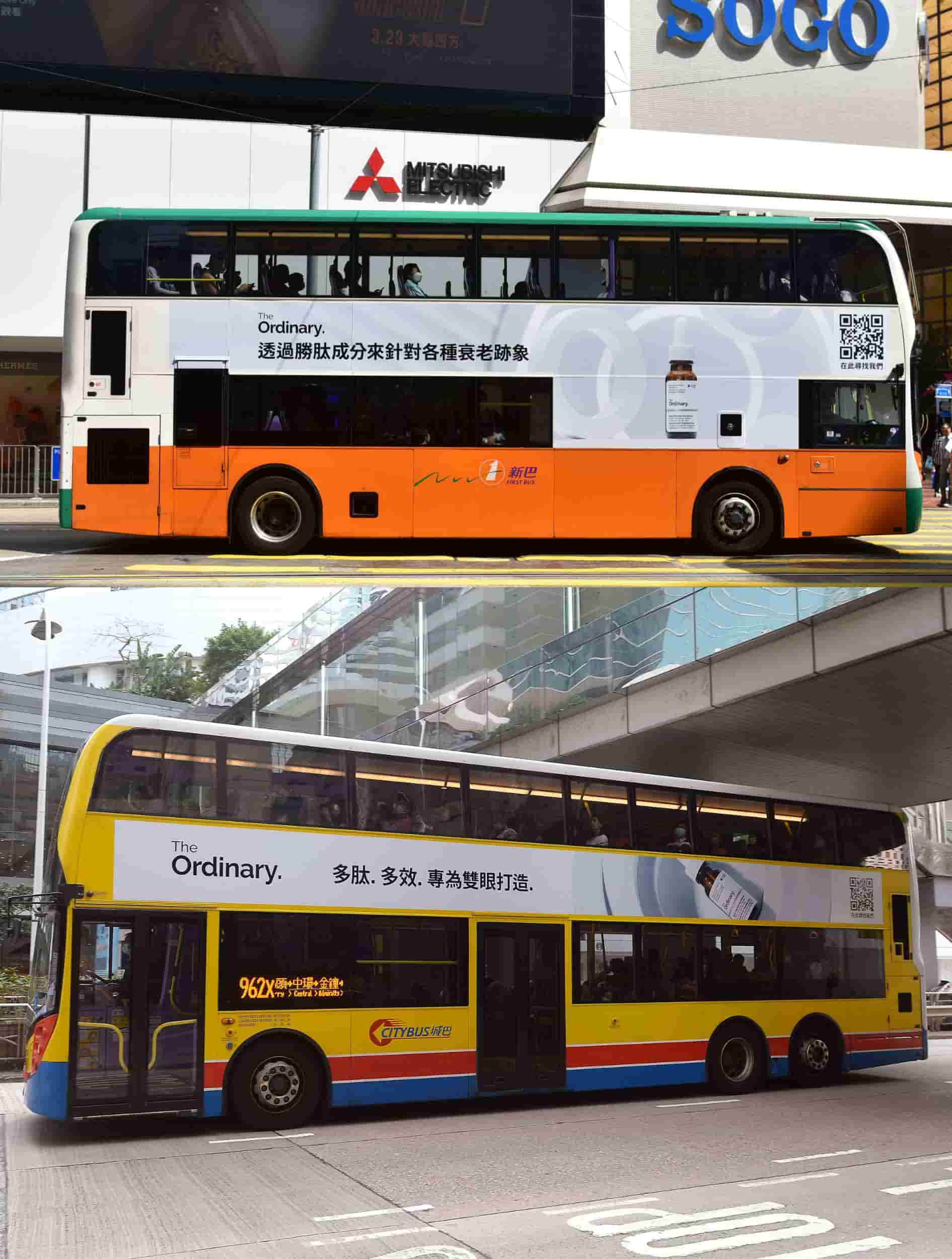
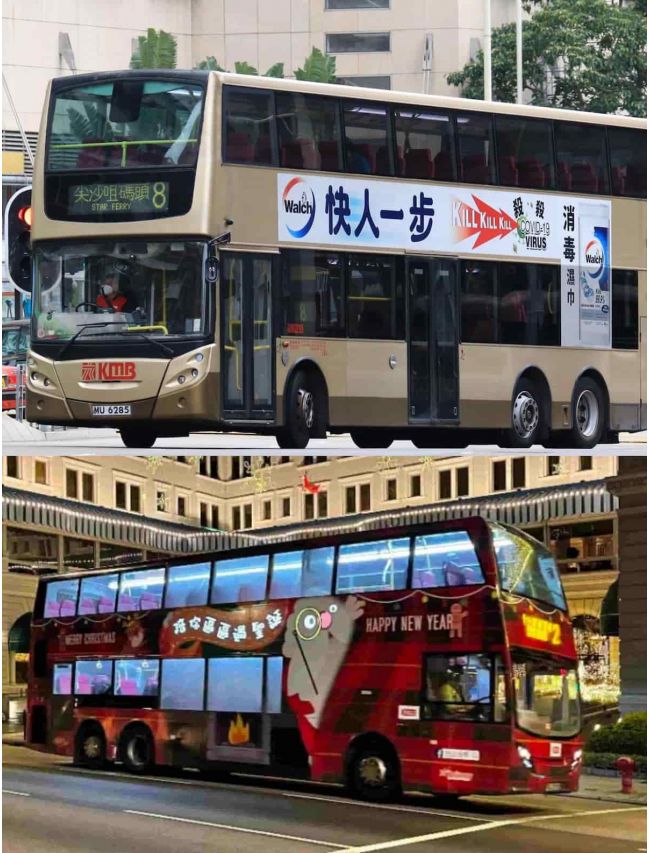
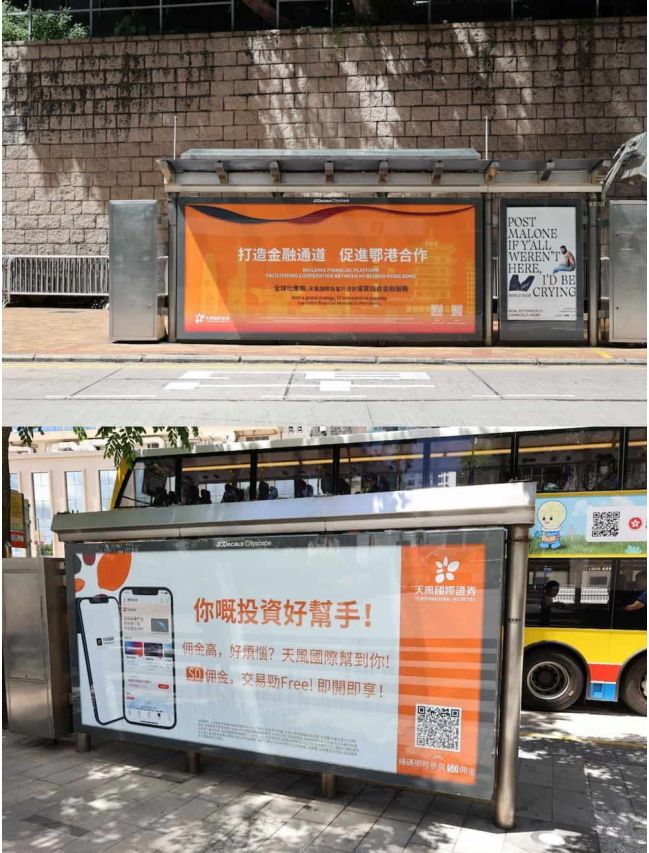
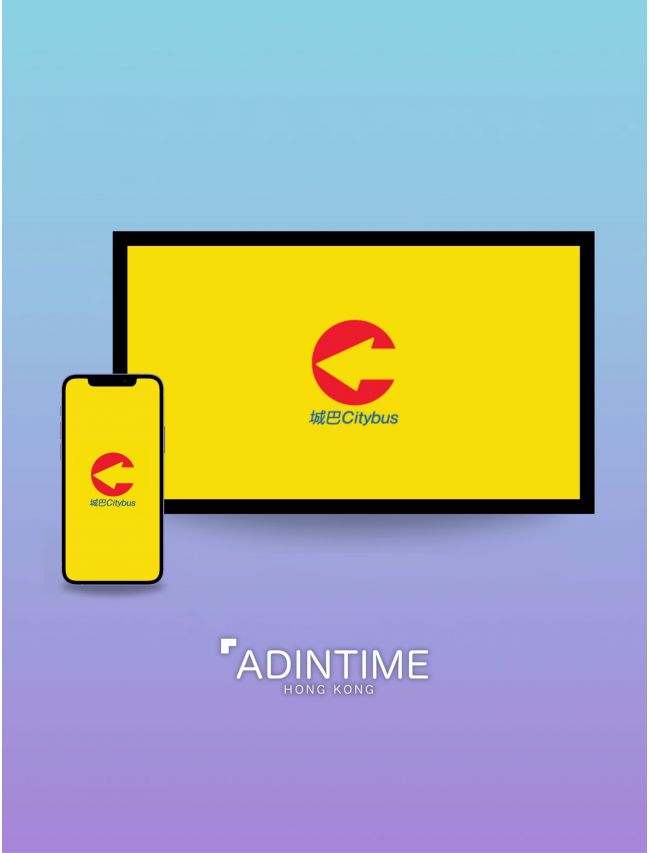
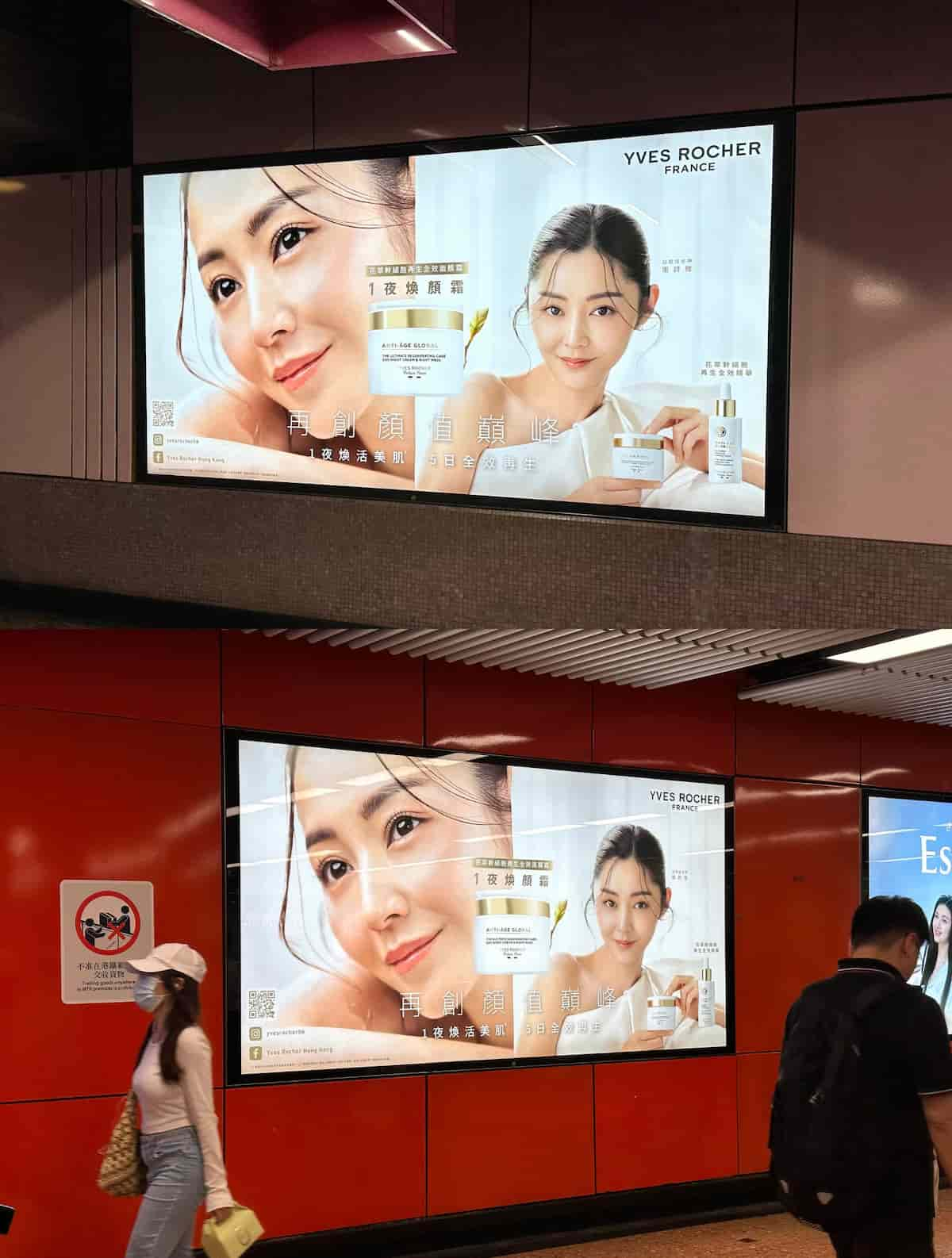
.jpg)
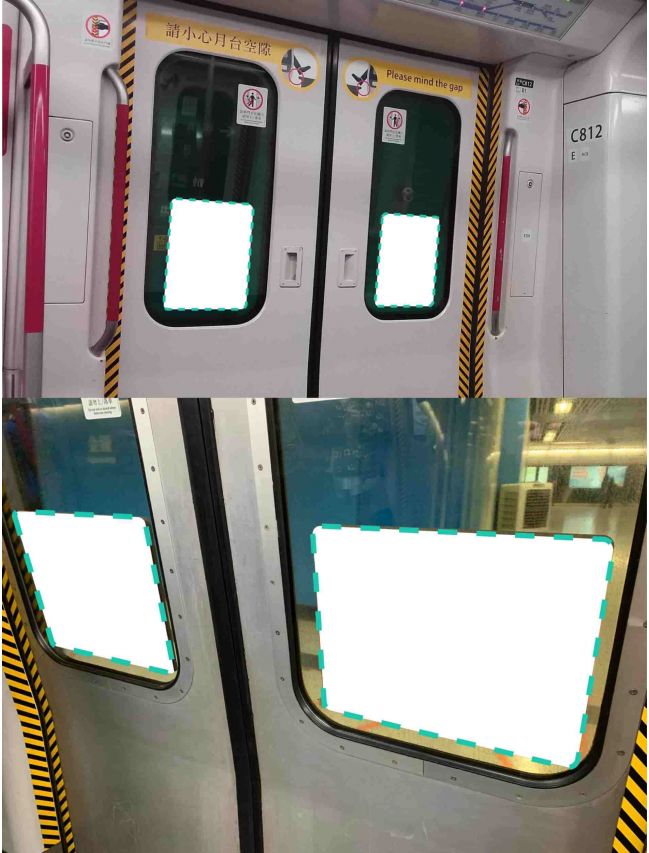
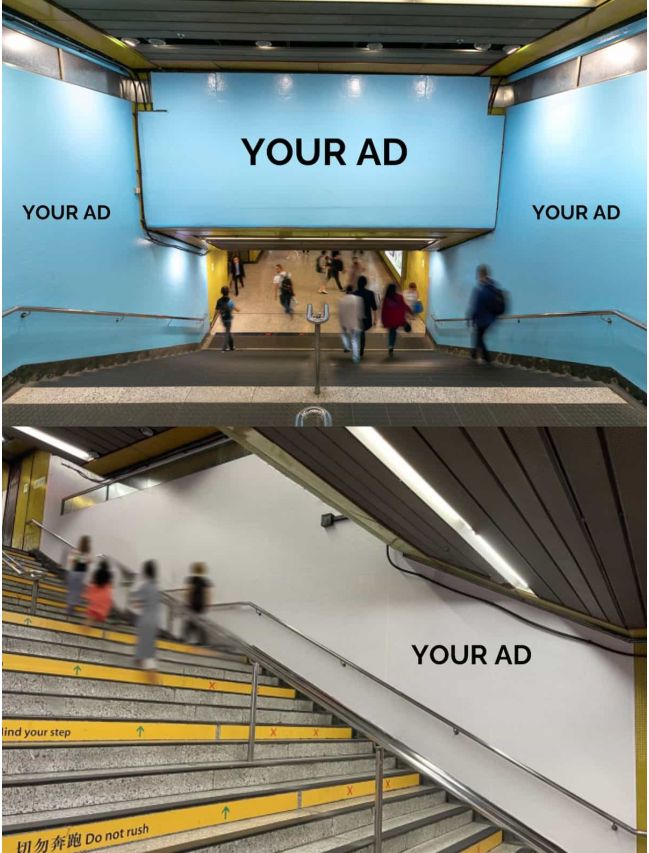







 2x your advertising effectiveness: Master big data to optimize ad ROI
2x your advertising effectiveness: Master big data to optimize ad ROI
 Top 5 Best Ads in 2025 in Hong Kong
Top 5 Best Ads in 2025 in Hong Kong
 Hong Kong Outdoor Advertising Cost in 2026 | Adintime Report
Hong Kong Outdoor Advertising Cost in 2026 | Adintime Report
 Marketing Calendar 2026: Key Dates For Marketing Success
Marketing Calendar 2026: Key Dates For Marketing Success
 Baidu Advertising in Hong Kong - Tap Into Mainland China's Market
Baidu Advertising in Hong Kong - Tap Into Mainland China's Market
 The Most Widely-Read Magazine and Newspaper in Hong Kong
The Most Widely-Read Magazine and Newspaper in Hong Kong
 OOH /DOOH advertising in Hong Kong: Formats and Rates (2025 Update)
OOH /DOOH advertising in Hong Kong: Formats and Rates (2025 Update)
 Understanding YouTube Advertising Costs in 2025
Understanding YouTube Advertising Costs in 2025
 How much does LinkedIn Advertising Cost? (2025 Update)
How much does LinkedIn Advertising Cost? (2025 Update)
 Press Ad Basics: Types, Formats and Ad Price
Press Ad Basics: Types, Formats and Ad Price